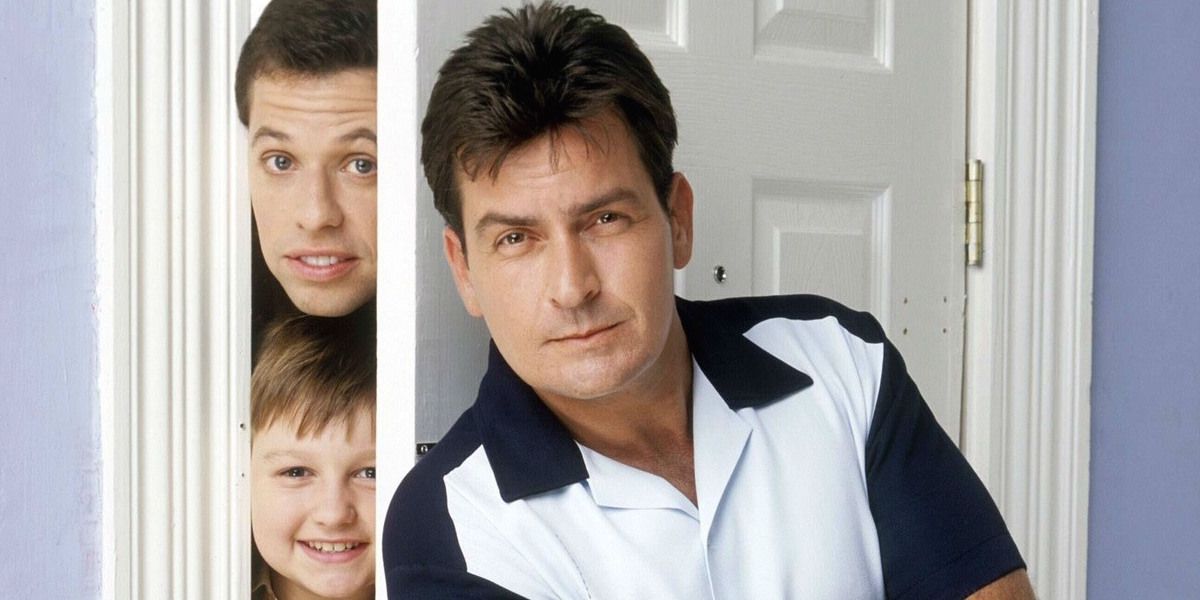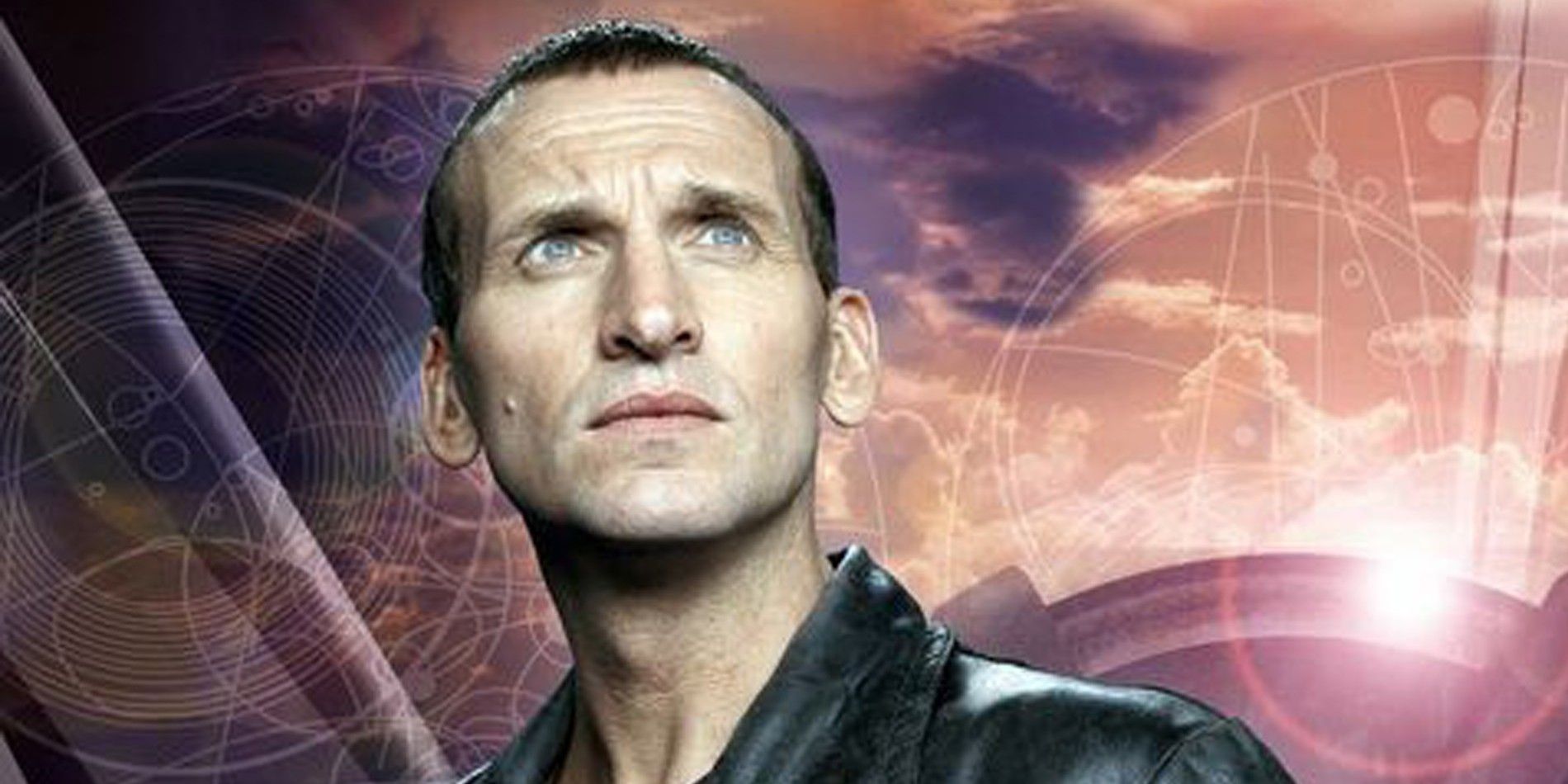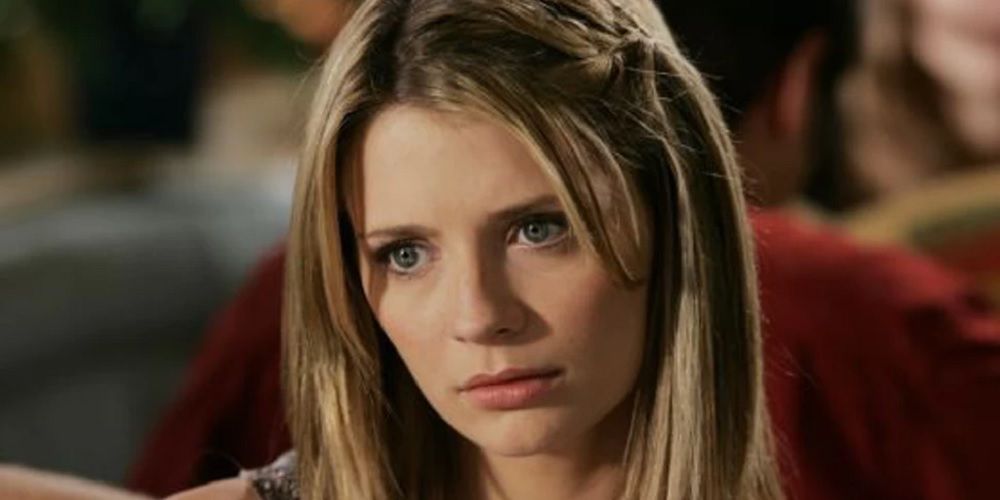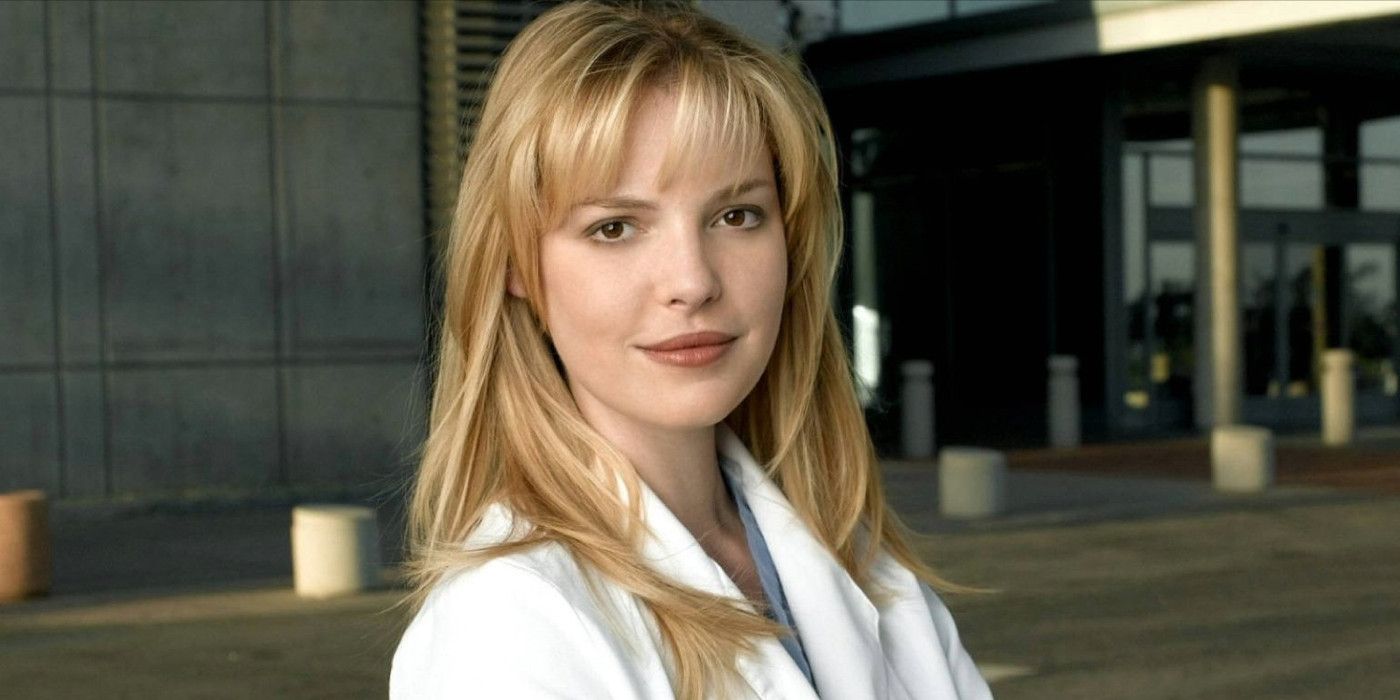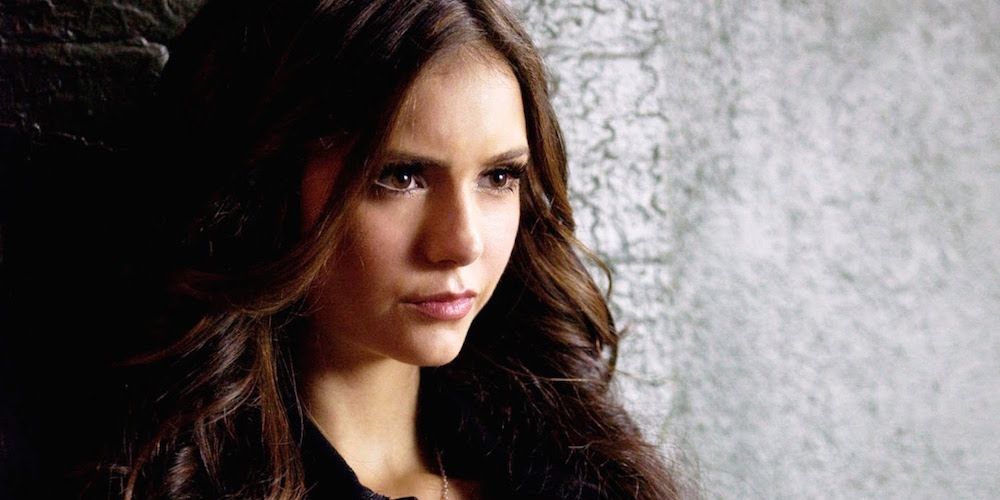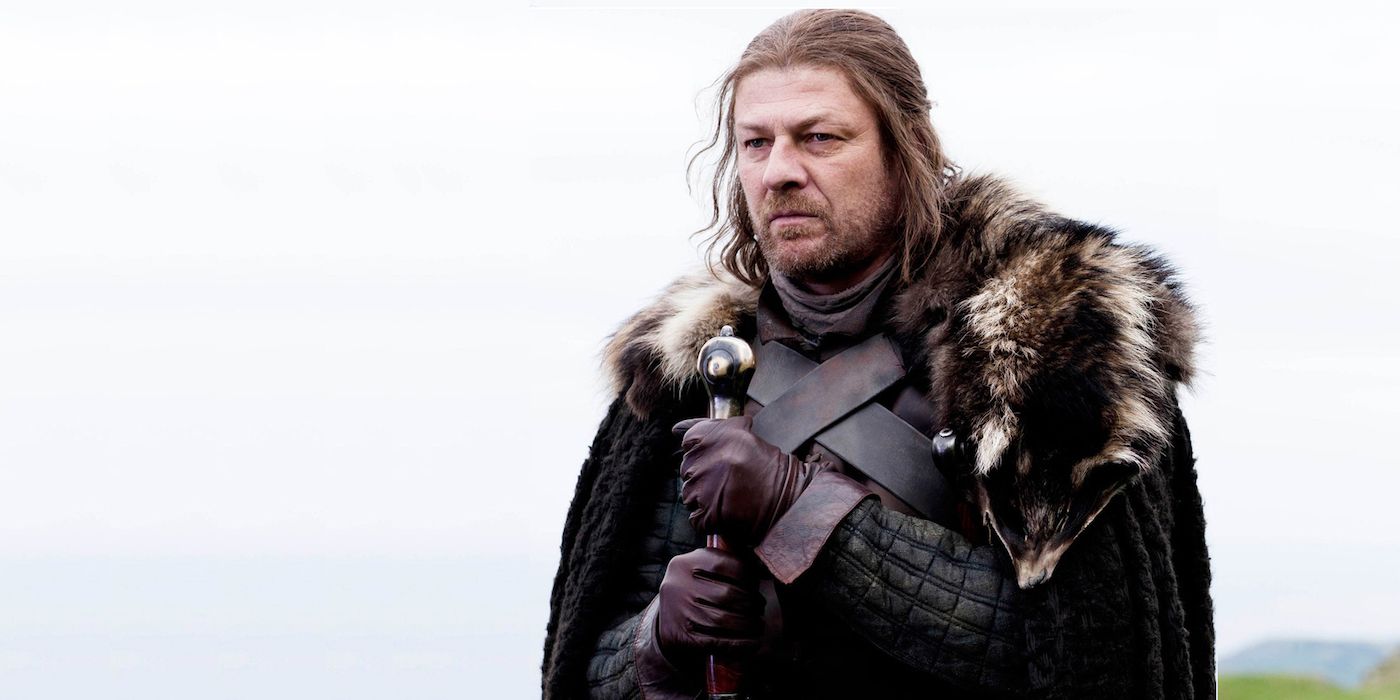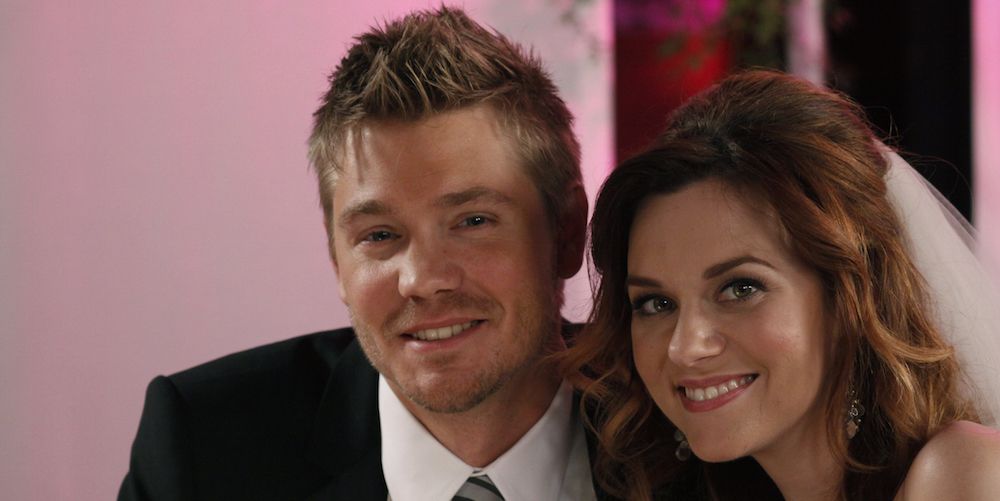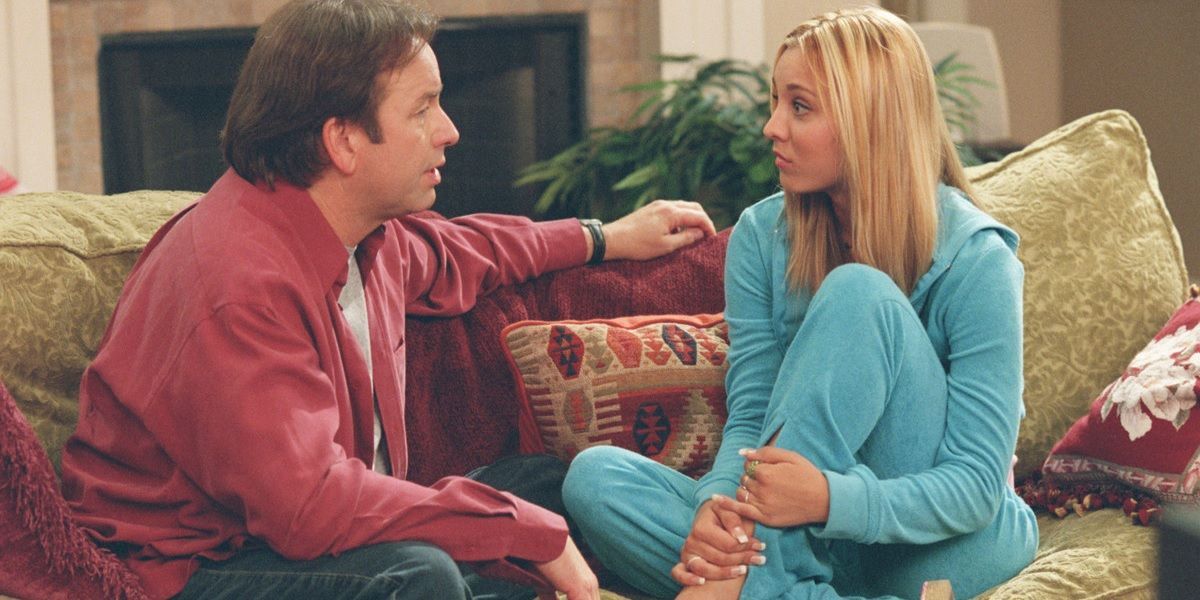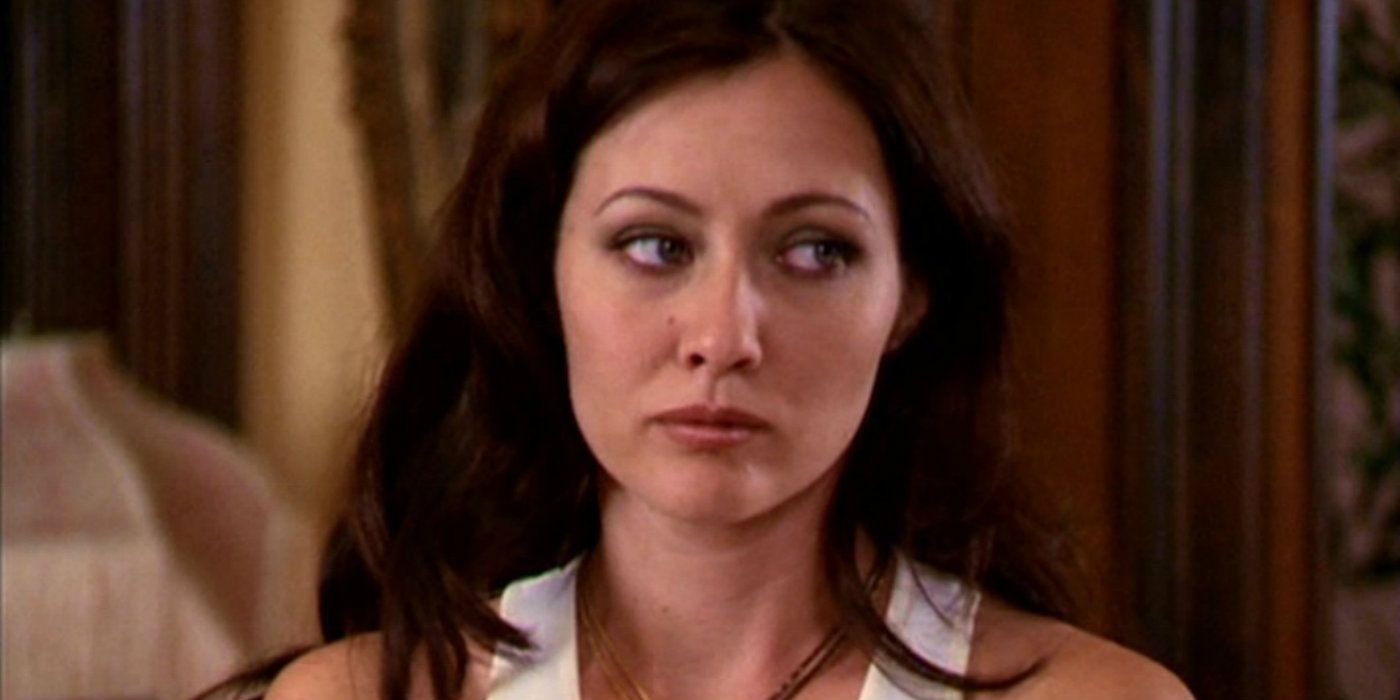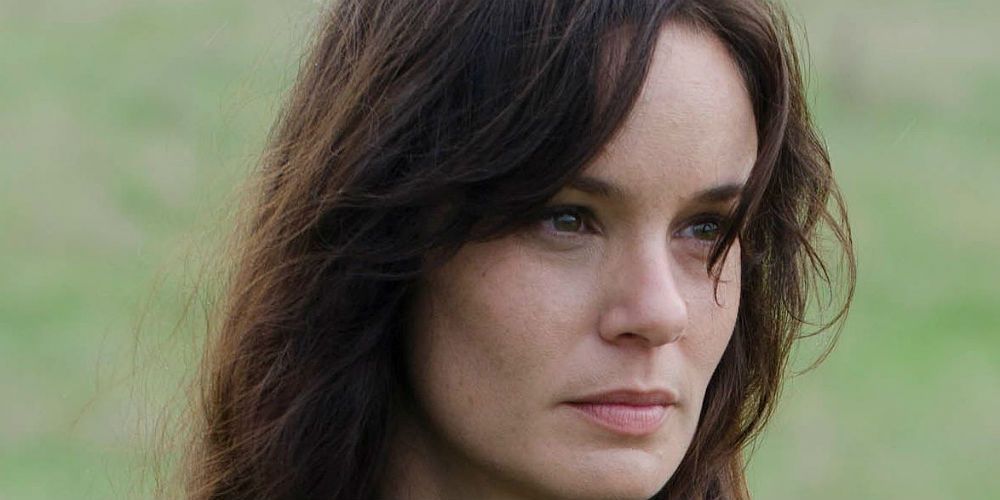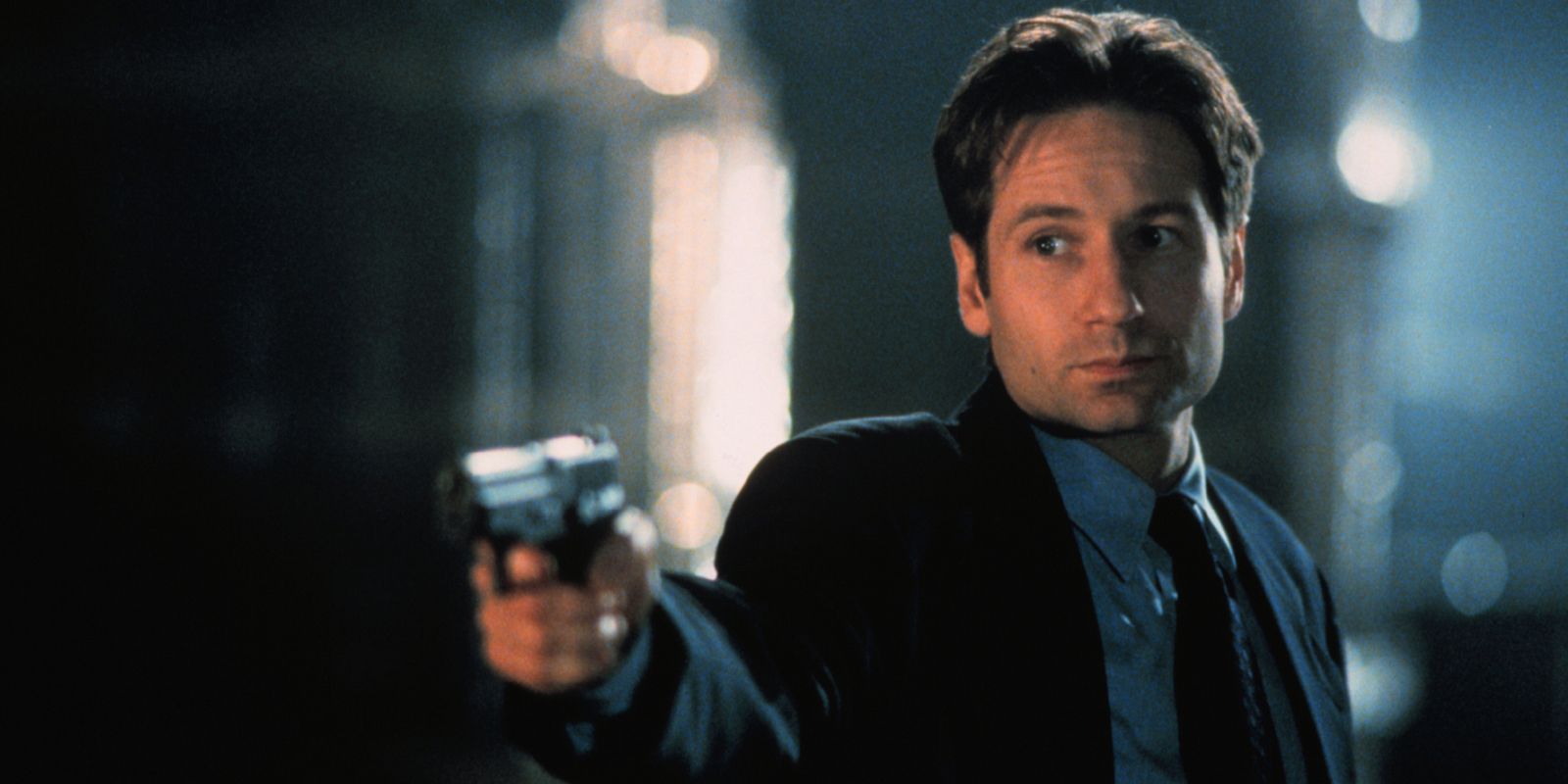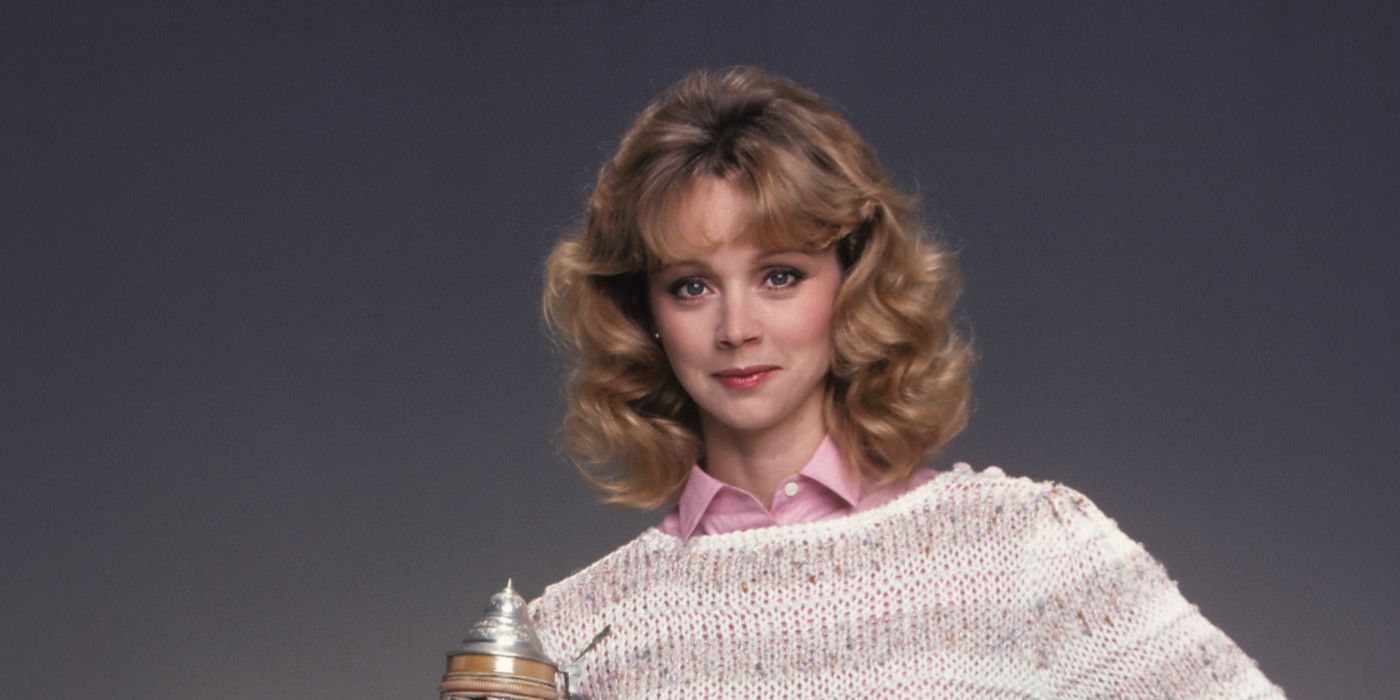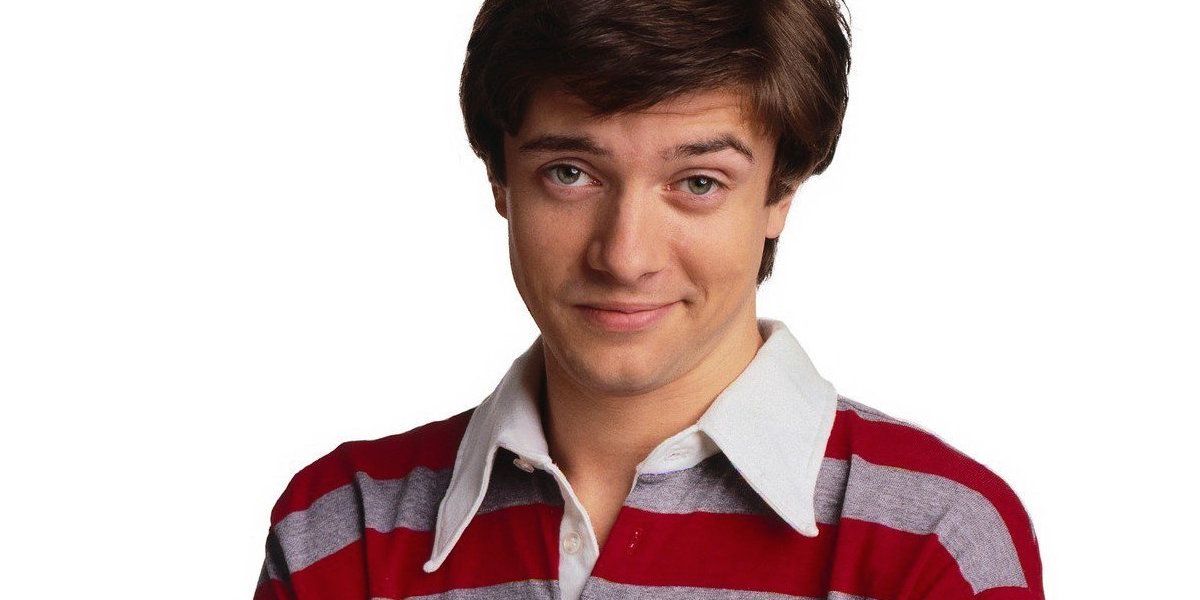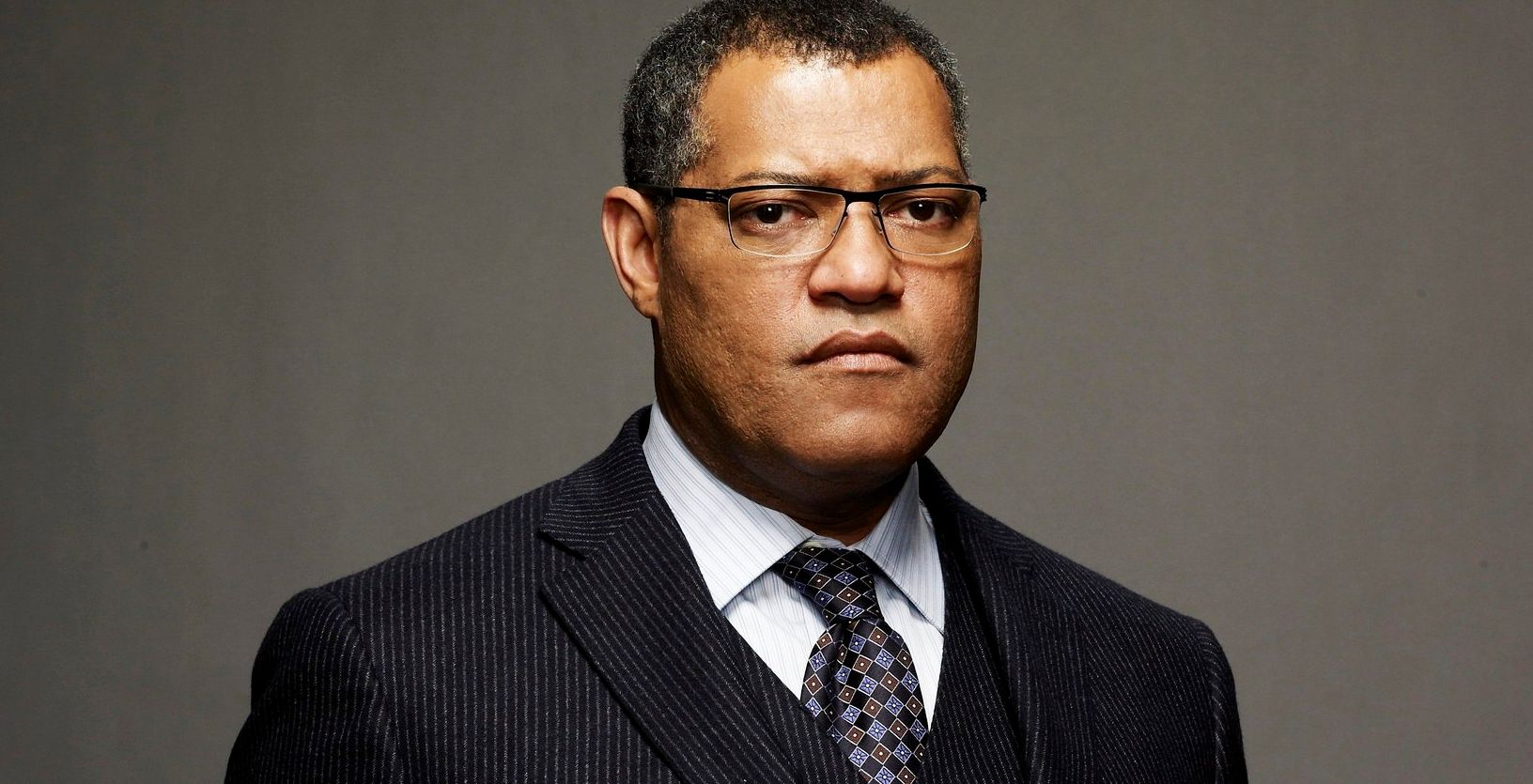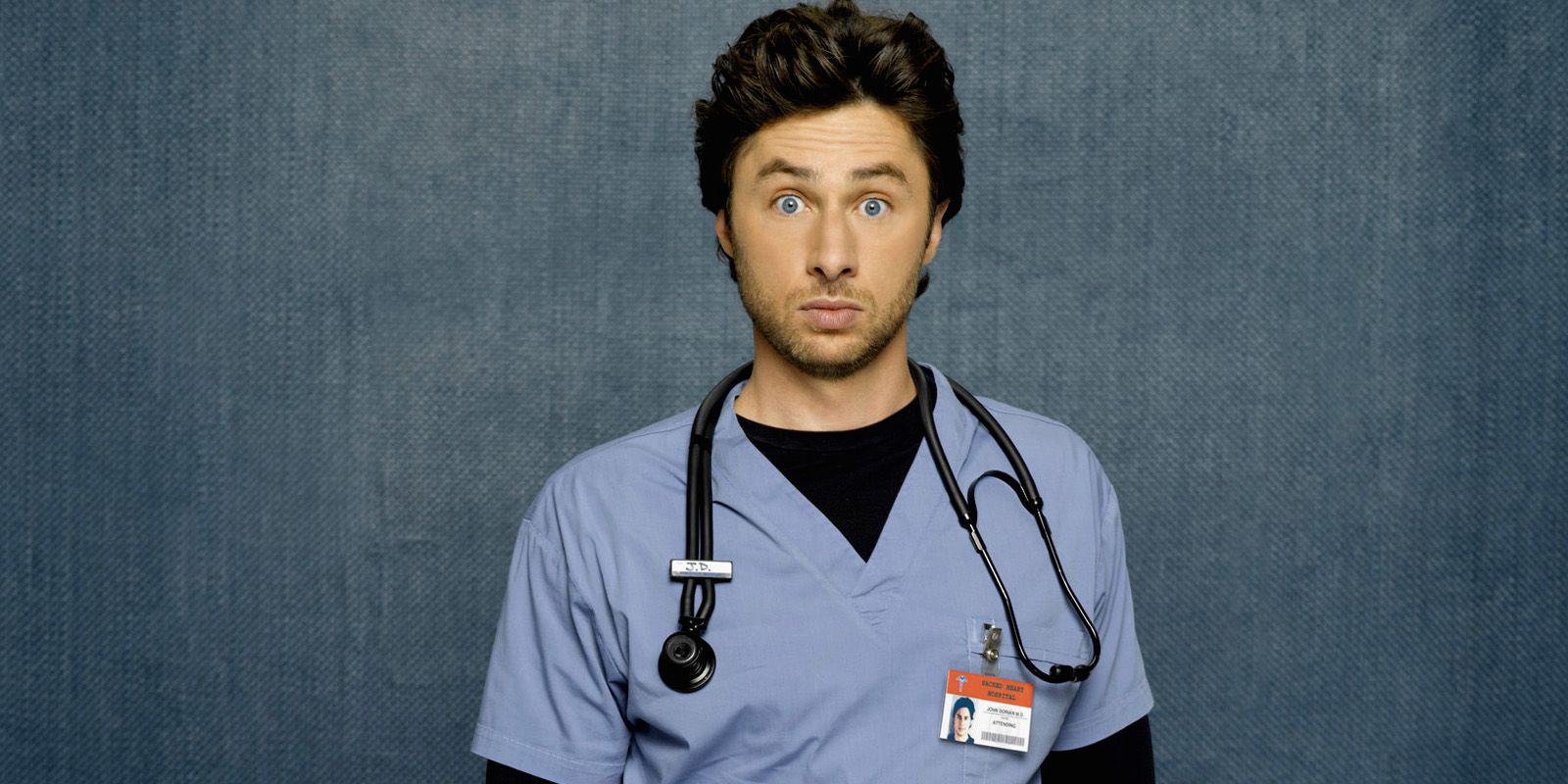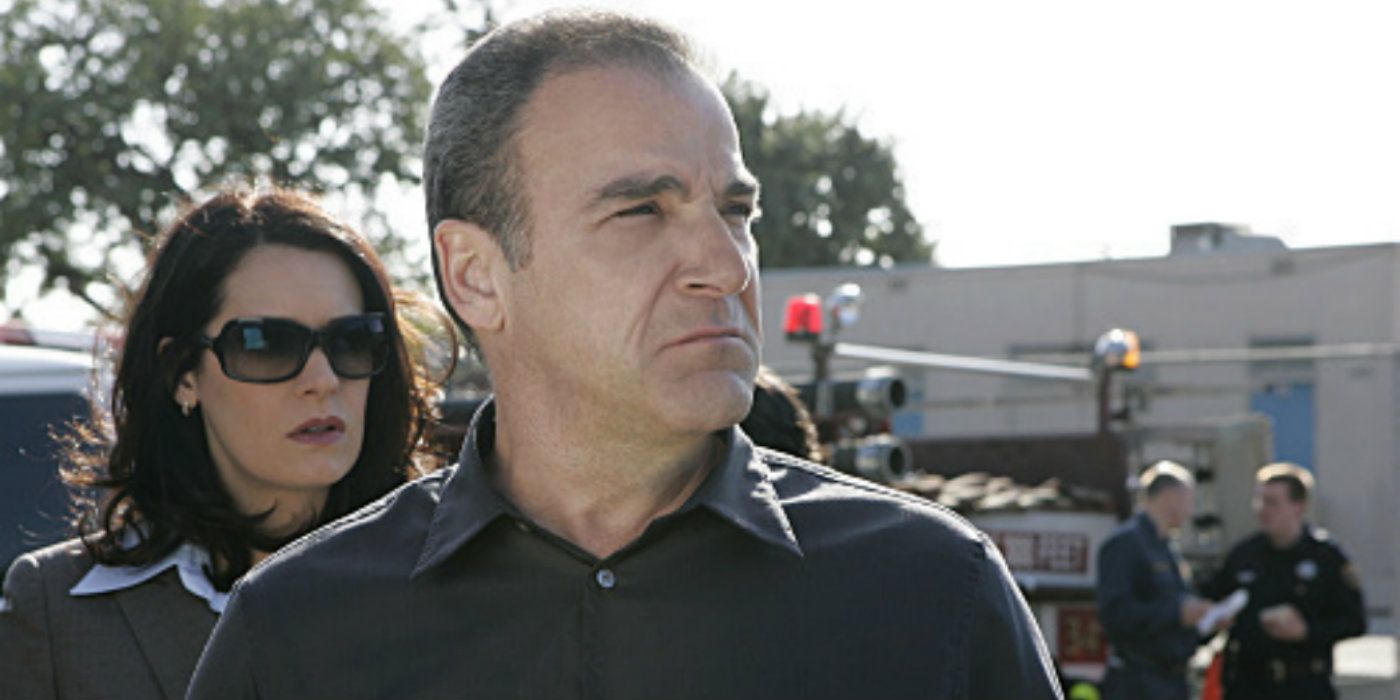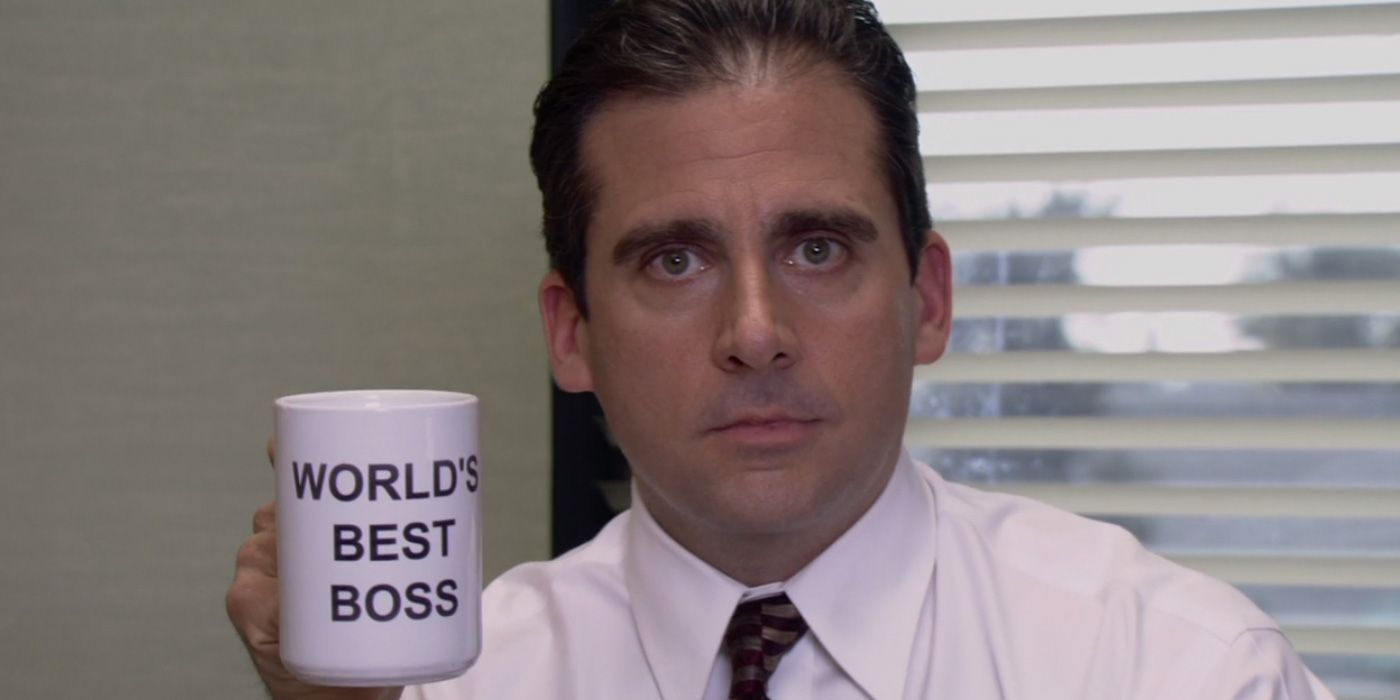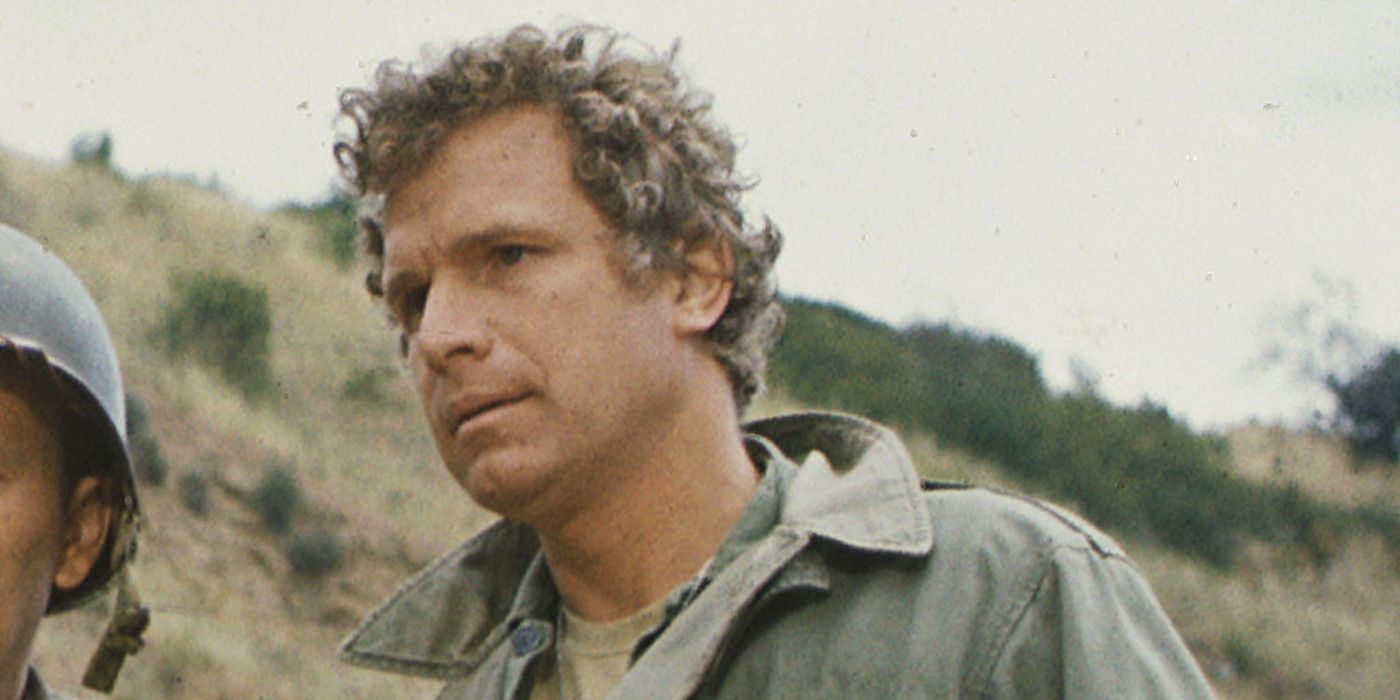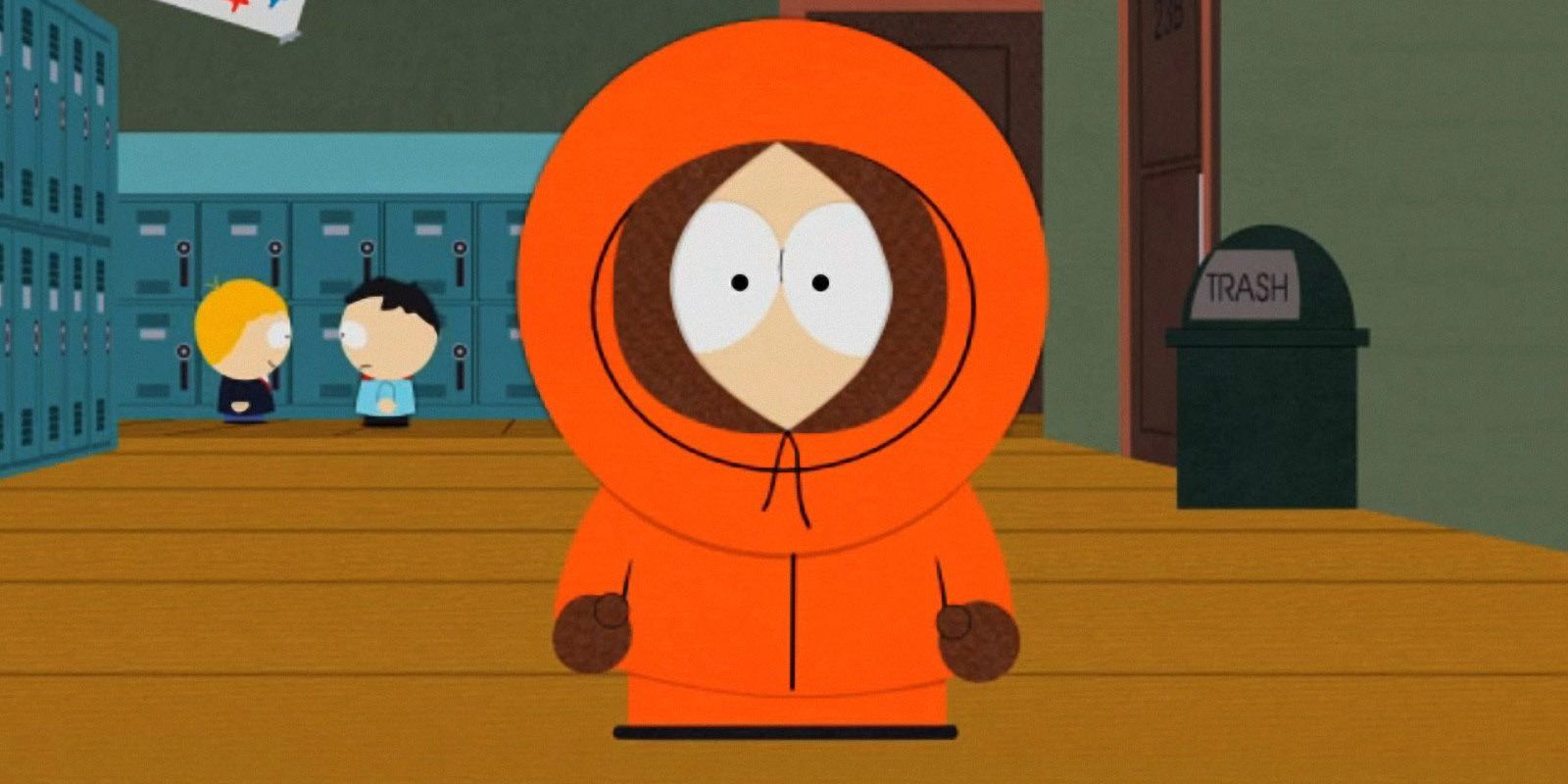When a main character leaves a TV series, that’s usually a bad sign that it’s not going to be long before it’s canceled. After all, a large part of a show’s appeal is its characters – and that’s especially the case where the protagonists are concerned.
With the hero gone, it can be hard for audiences to connect with the series on an emotional level. We grow so attached to these fictional people, it’s as if we’ve lost someone in real life!
Indeed, television history is littered with programs that experienced a fatal ratings drop in the wake of a lead character’s departure. And the thing is, it’s rarely the showrunners’ fault either – as it’s seldom their decision to show these characters the door.
No, more often than not, it’s actually the actors playing these roles who decide to move on, leaving the creative team to replace them, or wrap-up the series entirely.
Yet not every exit by a lead character ends in disaster. On the contrary, sometimes this kind of shake-up winds up making – rather than breaking – the show in question.
With this in mind, here are 10 Main Character Exits That Ended Amazing TV Shows (And 10 That Saved Them).
Ended – Charlie Harper (Two And A Half Men)
Love it or hate it, there’s no getting around the fact Two and a Half Men was a certifiable ratings winner in its heyday. Despite Jon Cryer nabbing two Emmy Awards for his portrayal of Alan Harper, a massive ingredient in the show’s winning recipe was Charlie Sheen as Alan’s older brother, Charlie.
Fans of Two and a Half Men got a real kick out of watching Sheen effectively play a fictionalized version of himself.
A wealthy playboy whose lifestyle revolves around getting as many women as possible, Charlie Harper is a near-perfect duplicate of his real-world counterpart – and just as much of a male wish-fulfilment figure, too.
When a highly-publicized feud between Sheen and series creator Chuck Lorre led to the star being fired from the show, Two and a Half Men was clearly in trouble. After all, how do you replace such a perfect fusion of character and performer?
The obvious answer is “you can’t” – as Ashton Kutcher found out the hard way. Drafted in to plug the gap left by Sheen’s exit, Kutcher was introduced in season 9 as oddball billionaire Walden Schmidt.
In fairness, Kutcher and Lorre wisely opted not to create a carbon copy of Charlie when developing Walden’s personality – but unfortunately, the character never really won fans over. Fast forward three more seasons, and CBS called time on this former primetime powerhouse.
Saved – The Ninth Doctor (Doctor Who)
Doctor Who is perhaps unique in all of television, as the show is built around the idea that its main character exits regularly. This was initially borne out of necessity: the ill health of original series star William Hartnell meant that the veteran actor’s days playing the Doctor were rapidly drawing to a close.
Rather than simply re-casting the part or inventing a new hero to take the Doctor’s place, the creative team devised a more novel solution to their problem. Capitalizing on the Doctor’s alien heritage, they established that when he’s mortally wounded, he “regenerates” with a new appearance and personality.
This allowed for a seamless in-universe transition from Hartnell’s stately First Doctor to Patrick Troughton’s more impish Second Doctor. Since then, Doctor Who has relied on the regeneration concept to substitute in new incarnations of the Doctor a staggering 12 times!
Of these change-ups, we’d argue one in particular has been instrumental to the show’s success since it was revived in 2005 – the handover from Christopher Eccleston’s Ninth Doctor to David Tennant’s Tenth.
This isn’t meant as a slight on Eccleston’s performance or the Ninth Doctor’s characterization – thanks to both, Doctor Who’s return to TV was a hit. Yet even if it’s not quite fair to say that the arrival of the fan-favorite Tenth Doctor – and the youthful, charismatic Tennant – saved the show, it was a huge factor in the series’ explosion in popularity, especially overseas.
Ended – Marissa Cooper (The O.C.)
If you grew up during the mid-2000s, you remember when The O.C. was the TV series to watch. The teen drama resonated with young audiences right out of the gates – not least of all because of the romantic tension between lead characters Ryan Atwood and Marissa Cooper.
Portrayed by the beautiful duo of Benjamin McKenzie and Mischa Barton, Ryan and Marissa set many a heart aflutter – right up until Marissa was written off at the end of Season 3. This was done in accordance with the wishes of Barton – fully supported by The O.C. creator Josh Schwartz – who felt that the character had nowhere left to go, storytelling-wise.
And so it was that Marissa was fatally injured in a car crash during the climax of “The Graduates” – and sadly, the series basically perished with her.
Although The O.C.’s ratings were already a shadow of what they once were, the removal of a well-liked, core member of the cast didn’t help things at all.
Similarly, the subsequent decision to bring Marissa’s “wild child” sister Kaitlin home from boarding school backfired, as many fans disliked this replacement member of the Cooper clan. Ultimately, subtracting Marissa and adding Kaitlin to the O.C. equation proved disastrous, and the show only managed to limp on for one more season.
Saved – Doctor Izzie Stevens (Grey’s Anatomy)
TV audiences can be a fickle bunch, especially when it comes to which main characters they love. One minute, a character is an absolute fan favorite – the next, they’re widely reviled. This was the case with Doctor Izzie Stevens, who initially won over viewers and critics alike with her warm-hearted, idealistic approach to medicine in the first three seasons of Grey’s Anatomy.
Fast forward to season 4, however, and much of that affection had begun to evaporate. It seems like almost everyone (including actress Katherine Heigl) was unhappy with the direction Izzie was moving in. Several storylines were handled poorly – a romance with George stands out most of all – leading many to question the character’s future.
When Heigl requested to be released from her contract midway through season 6, it was arguably a blessing in disguise.
Admittedly, in the short-term, it didn’t exactly allow for the degree of closure Izzie’s character arc deserved. Even Heigl herself would later request (and be denied) the opportunity to return to Grey’s Anatomy just long enough to properly wrap-up Izzie’s story.
Yet in the long-term, Izzie’s departure was almost certainly a good thing. It allowed the creative team to jettison a character that wasn’t really clicking with audiences anymore, which – given the series is still going strong nearly 10 seasons later – obviously needed to happen.
Ended – Elena Gilbert (The Vampire Diaries)
For its first six seasons, The Vampire Diaries followed the story of girl next door Elena Gilbert, who finds herself in a love triangle between siblings Stefan and Damon Salvatore – who are vampires, naturally.
At the end of the sixth season, actress Nina Dobrev decided her days of diarizing N3osferatu were over, and Elena was written out of the series after entering a coma-like slumber. Some shows might have withstood the exit of their lead character, but for Vampire Diaries, this moment effectively staked its future prospects.
It turns out Elena truly was the heart of the series, and the creative team seemed genuinely unsure of how to forge on ahead without her.
Over the course of the two seasons that followed Elena’s quasi-demise, the writers worked admirably to maintain the quality of the series, but things were never the same again.
In the end, The Vampire Diaries just didn’t work without Elena – and not even compelling new storylines or clever character re-shuffles could make up for this. That’s probably why season 8 wound up being the show’s last, after which – like a vampire exposed to sunlight – it crumbled into dust, or was canceled by The CW, at any rate.
Saved – Eddard Stark (Game of Thrones)
Although Game of Thrones has diverged significantly from the narrative in George R.R. Martin’s A Song of Ice and Fire novels in recent seasons, the show initially hewed quite closely to the source material.
Nowhere is this more apparent than the shocking elimination of ostensible series lead Eddard “Ned” Stark, who has his head removed from his shoulders in the penultimate episode of season 1!
Of course, fans of the book saw this coming a mile away, but Westeros newbies were caught totally off-guard, not least of all because Sean Bean (who played Ned) was the biggest name in the cast.
So much of what follows in both the books and show is motivated by Ned’s brutal end that’s hard to imagine showrunners David Benioff and D. B. Weiss not including this particular plot development.
All the same, we still applaud the pair for doing so, as this moment doesn’t just make for an unforgettable viewing experience – it sets the tone for Game of Thrones itself going forward. By writing off such a prominent character early on, Benioff and Weiss (like Martin before them) sent a clear message to fans: anything can happen, and none of your favorite characters are safe.
Ended – Peyton Sawyer & Lucas Scott (One Tree Hill)
Can you have a teen drama without a smouldering romance at its core? The answer, of course, is “no” – and One Tree Hill is a perfect example of this. One of the major aspects of the show that had viewers tuning in each week was watching the sparks fly between sensitive writer Lucas Scott and cliché-destroying cheerleader Peyton Sawyer.
This made the announcement that stars Chad Michael Murray and Hilarie Burton would not be returning for One Tree Hill’s seventh season very bad news indeed for fans of the series. Worse still, the writers arguably fumbled the departure of Peyton and Lucas, granting the couple a happy ending that seemed to cut against the grain of the tragic nature of their relationship.
The bigger problem here concerned whether One Tree Hill was even viable without its hottest pairing. With so much of the show reliant on the dynamic between these two main characters, it seemed impossible to imagine how it could go on without them – and in the end, it couldn’t.
The impact of Murray and Burton’s exit was felt immediately, with viewer numbers plummeting in their absence. One Tree Hill was able to cling to life for three more seasons post-Lucas/Peyton, but it was no surprise when The CW canned it after season 9.
Ended – Paul Hennessy (8 Simple Rules…For Dating My Teenage Daughter)
Comedian John Ritter was a beloved actor, and his untimely passing in 2003 sent shock waves through the film and TV industry. Nowhere was this more apparent than on the set of the 8 Simple Rules…For Dating My Teenage Daughter, where the cast and crew faced the unpleasant prospect of continuing on without their leading man.
Ritter starred as over-protective dad Paul Hennessy in the show’s first season and had completed filming three episodes of its second before he had to abandon rehearsals after feeling unwell. Several days and one misdiagnosis later, Ritter lost his life on the operating table – less than a week away from what would’ve been his 55th birthday.
After the decision was made to push ahead with 8 Simple Rules… season 2 regardless, creator Tracy Gamble was forced to make several tough creative decisions. The first was to address the passing of her real-life friend within the fictional reality of the show – which she did, in the heartfelt, hour-long episode “Goodbye” (as well as several subsequent episodes).
The second was to shift the focus of the series onto Paul’s wife, Cate, played by Married…with Children alumnus Katie Segal. Despite Segal’s considerable comedic talents – and support provided by incoming stars James Garner and David Spade – the show’s ratings steadily declined, and it was axed after season 3.
Saved – Prue Halliwell (Charmed)
With its witchcraft-wielding trio of heroines, Charmed is a show that gives true meaning to the term “cult series.” Chronicling the efforts of the “Charmed Ones” – siblings Prue, Piper, and Phoebe Halliwell – to protect the world from evil supernatural forces, Charmed developed a dedicated following, lasting eight seasons on The WB.
That said, despite the entire premise of the show relying on the so-called “Power of Three” bond formed between the Halliwell sisters, not all of these gals made it through to the series finale!
When actress Shannon Doherty decided not to return for Charmed’s fourth season, her character Prue was taken out by a demon at the end of season 3.
This left showrunner Brad Kern in something of a bind, though – how could he fill the void left by Prue, without breaking the Charmed mythology? The solution was simple, if not a little hackneyed: the discovery of the Halliwells’ long-lost half-sister Paige Matthews, played by Rose McGowan.
Paige’s more light-hearted demeanor contrasted with Prue’s more sombre nature, and ushered in an increasingly fun, campy tone. As a result, Charmed fans are divided on whether they prefer the Prue or Paige eras of the series – nevertheless, the show lasted five more seasons after Paige’s arrival, so she clearly did something right!
Ended – Doctor Doug Ross (ER)
George Clooney’s major breakthrough came when he was cast as Doctor Doug Ross on ER in 1994. Likewise, ER’s number one spot in the ratings relied heavily on Clooney’s appeal – as well as his chemistry with Julianna Margulies, who played his love interest Nurse Carol Hathaway.
By 1999, however, Clooney’s film career was starting to take off, and this – coupled with the feeling that Ross’ storytelling potential had been exhausted – prompted the star to quit the show.
Ross was given a fitting send-off at the tail-end of season 6, settling down with Carol and their twin daughters in Seattle.
Unlike most of the entries on this list, rather than replace the good Doctor with a radically different character, the creative team behind ER pretty much just introduced Doug Ross 2.0, instead! Seriously: Goran Visnjic’s Doctor Luka Kovač ticked all the same boxes as Ross. Devastating good looks? Check. Flawed yet kind-hearted personality? Check. Troubled past? Check.
All the same, even with Kovač offering a perfectly acceptable substitute for Ross, ER was never really the same after the latter’s exit. True, the series endured for a whopping eight additional seasons, but the show’s ratings continued to slide until its life support plug was pulled by NBC.
Saved – Lori Grimes (The Walking Dead)
Few (if any) of the characters in horror series The Walking Dead can be considered faultless, but a rather vocal contingent of viewers took particular issue with the flaws exhibited by Lori Grimes. Wife of series lead Rick, Lori irked these fans from the off by temporarily shacking up with Rick’s best friend Shane only weeks after Rick had seemingly passed away.
It wasn’t just audiences at home who failed to warm up to the character – several critics took issue with Lori’s character development, and Sarah Wayne Callies’ performance in the role.
Generally speaking, the consensus among these commentators was that Lori was a disappointingly weak female lead, and that her characterization was often inconsistent.
Fortunately for the naysayer camp, the mortality rate in a zombie-infested, post-apocalyptic world is unsurprisingly high, and Lori added to this statistic in The Walking Dead’s third season.
Ironically, Lori’s passing was one of the few moments most fans and critics seemed to agree was well-executed. Callies earned praise for her acting in the scene – which saw her go during childbirth, only to be resurrected as a zombie and swiftly taken out by her own son, Carl!
Since Lori’s exit, The Walking Dead has hummed along for five more seasons and counting, and it’s hard not to attribute at least part of this success to the removal of such a divisive lead character.
Ended – Fox Mulder (The X-Files)
For the first seven seasons of its original run, The X-Files was dependent as much on the rapport between FBI Agents Fox Mulder and Dana Scully as it was on interest in its over-arching conspiracy plotline. Stars David Duchovny and Gillian Anderson possessed an effortless chemistry that made the evolution of the Mulder/Scully dynamic from a professional to a romantic relationship virtually inevitable.
By the time season 8 rolled around, however, Duchovny wanted out of The X-Files. Eager to keep the hit series alive, creator Chris Carter replaced him as a main character with Agent John Doggett, though Mulder would still appear intermittently in seasons 8 and 9.
Fans were less than thrilled by this change, even with a solid actor like Robert Patrick in the role. Some accused Carter of creating a shabby stand-in for Mulder, a charge he denied, pointing to Doggett’s sceptical nature and good standing within the bureau.
Really, it wasn’t so much that either Doggett or Patrick were bad, per se. It’s just that fans wanted to see more of Mulder and Scully together, doing what they do best. That’s a key reason why the show folded after season 10 – and incidentally, why Anderson recently departing the revived series spells disaster for the show all over again!
Saved – Diane Chambers (Cheers)
The on-again, off-again relationship between Cheers characters Sam Malone and Diane Chambers is so iconic, it’s influenced pretty much every “will they/won’t they?” sitcom romance since. Despite the ensemble nature of the show, the interplay between the pair – played by Ted Danson and Shelley Long – quickly endeared itself to audiences early on.
Nevertheless, five seasons in, the Sam and Diane romance was getting old – even if Cheers was still performing strongly in the ratings.
The program needed to do something to shake up the existing formula, at least a little.
That’s exactly what happened at the end ofseason 5, when Diane Chambers exited the series, owing to Long’s desire to focus her attention more on her family.
This paved the way for the introduction of Kirstie Alley’s Rebecca Howe, which Cheers’ producers themselves openly credited with saving the show. According to them, the Diane/Rebecca switcheroo enabled them to subtly tweak the Cheers premise without resorting to any large-scale changes.
This helped to keep the series fresh – most notably, by spicing up its central romantic storyline – positioning it to power on for another six seasons. It’s also worth pointing out that the working relationship between Long and Danson was becoming increasingly frayed prior to the departure of the former – so Diane’s exit probably kept on-set tensions from bubbling over, too!
Ended – Eric Forman (The ‘70s Show)
That ‘70s Show was never a ratings heavyweight, but it performed well enough for Fox to renew it for seven additional seasons after it premiered back in 1998. Aside from the charm of its period setting, what really made the show an easy watch was the sheer likability of its young cast.
This included Topher Grace’s Eric Forman, who many viewers could relate to thanks to his geeky tendencies, sharp wit, and overall “good guy” credentials.
Forman headlined the show from season 1 to 7, with Grace declining to return for Season 8 to focus on his film career.
Eric was summarily written out of That ‘70s Show, which wouldn’t necessarily have meant curtains for the show – if the creative team hadn’t replaced him with Randy Pearson, that is. Portrayed by Josh Meyers, Randy wasn’t just disliked by fans – he was hated.
The source of this intense loathing stemmed mostly from Randy coming across as a watered-down version of Eric. Seriously: it’s almost as though the scripts for season 8 were already written with Eric taking part, and the writers simply scratched out his name and scrawled Randy’s in instead.
Needless to say, the switch between Eric and Randy didn’t work out too well, and That ‘70s Show was canceled at the end of the season.
Saved – Doctor Ray Langston (CSI: Crime Scene Investigation)
Funnily enough, Doctor Ray Langston nearly tanked CSI: Crime Scene Investigation when he came onboard to replace former lead Gil Grissom. As portrayed by William Peterson, Grissom left big shoes to fill, so much so that even an actor of Laurence Fishburne’s caliber apparently wasn’t up to the task.
Despite a valiant effort by Fishburne to make things work, after two and half underwhelming seasons, the actor tapped out, leaving CSI without a main character once more.
Enter: Ted Danson, who stepped into the breach as D.B. Russell, and in doing so, breathed new life into the series.
It turned out that Langston’s exit was the best thing that could have happened to the show. Danson was a natural fit for the part of Russell, and CSI was able to survive another four seasons with him at the helm.
The character was so well-received that he was even able to remain on the small screen after CSI’s fifteenth and final season!
Following the conclusion of the main series, Danson signed on to appear in spin-off series CSI: Cyber. Russell featured in season 2 of Cyber, heroically sustaining a gunshot wound to protect a colleague during the season finale, only to recover and retire from the police force.
Ended – Doctor John “J.D.” Dorian (Scrubs)
Scrubs just wouldn’t be Scrubs without Zach Braff in the lead role of Doctor John “J.D.” Dorian. Both the show’s creator Bill Lawrence and the executives at ABC seemed to be aware of this when they decided to conclude the show in the wake of Braff’s departure at the end of season 8.
They quickly forgot again, however, as they opted to produce a widely-panned ninth season of the show. In fairness, Lawrence himself approached season 9 as essentially a brand new series – which makes sense, considering most of the original cast left along with Braff – and it was only at ABC’s insistence that he didn’t re-name the show Scrubs: Med.
It’s also worth acknowledging that JD does appear in season 9 – but this was only so that he could help to bridge the gap between the one-time series finale and the new season.
By episode 10, Braff is gone once more, and JD’s absence is keenly felt.
Further exacerbating the problem here was Kerry Bishe’s Lucy Bennett, who fully assumes main character duties from JD from this point onward. Sure, Lucy shares some of JD’s qualities – she also possesses a penchant for surreal daydreams – but this only served to remind fans that he was gone. They tuned out, and the show wasn’t renewed for a tenth outing.
Saved – Special Agent Jason Gideon (Criminal Minds)
With its focus on violent and disturbing acts, crime drama Criminal Minds is a pretty heavy affair. Indeed, actor Mandy Patinkin – who starred as FBI Special Agent Jason Gideon from season 1 to 3 – struggled so much with the troubling content of the series, he finally bowed out just prior to season 4.
Patinkin expressed no ill-will towards either the cast or crew behind Criminal Minds, but he still left the show’s creative team in a bit of a pickle. His resignation wasn’t expected, and Gideon was not only a popular character, but headed up the behavioral analysis squad around which the show revolves.
Luckily, Joe Mantegna was on hand to save the day, swooping in with relatively little notice to take on the newly-created role of Special Agent David Rossi. The transition between the two team mentors was handled smoothly, with the writers able to script proceedings in such a way that Rossi replacing Gideon seemed like a natural course of events.
Since then, Mentegna has done a bang-up job as veteran profiler Rossi, whose outspoken, theatrical personality contrasts nicely with that of the more reserved, cerebral Gideon. Viewers seem to agree, as 10 seasons later, Criminal Minds is still on the airwaves – thanks in no small part to Rossi (and Mantegna).
Ended – Michael Scott (The Office)
The US version of The Office was never anything less than entertaining for the entirety of its nine season run. That being said, the show was undeniably at its best when it was spearheaded by Steve Carell as the world’s best, worst boss Michael Scott.
Carell excelled at handling Michael’s hilariously cringe-worthy character traits, but also imbued the character with an affecting loneliness that made audiences love him. As portrayed by Carell, Michael wasn’t necessarily a guy you wanted to work for – but you’d gladly give up 30 odd minutes of your time to catch up on his latest misadventures.
When Carell decided to call it a day as the Regional Manager of Dunder Mifflin’s Scranton branch, it seemed a given that The Office wouldn’t go on too much longer without him.
Audiences loved Michael – and importantly, Michael’s interactions with his co-workers – so much that no other character was ever going to be able live up to his legacy.
Credit to US series creator Greg Daniels and his team for trying, though. During the show’s final two seasons, they introduced several potential replacements – played by acclaimed actors including Kathy Bates and James Spader – but honestly? None of these characters ever 100% worked, and it made sense for the series to end when it did.
Saved – "Trapper" John McIntyre (M*A*S*H)
It can’t be overstated just how big of a deal Korean War-based comedy-drama M*A*S*H was in its day. Not only was the series finale watched by a record-setting 125 million viewers, but by the time it aired, the show had been on air eight years longer than the conflict itself had lasted.
Over the course of its 11 season run, M*A*S*H featured a colorful roster of army doctors, but Alan Alda’s Captain Benjamin “Hawkeye” Pierce stood out as the clear lead character. This was a source of great frustration for actor Wayne Rogers, who played Hawkeye’s pal “Trapper” John McIntyre.
Rogers believed that Trapper and Hawkeye should share the series’ limelight, and became increasingly unhappy with playing second fiddle to Alda. Things reached a head between seasons 3 and 4, when Rogers abruptly resigned from the show.
The creative team hastily crafted a fitting exit for Trapper in the first two episodes of season 4, impressively managing to explain the character’s departure without him appearing on-screen once.
This two-parter also welcomed Mike Farrell into the fold as Trapper’s replacement BJ Hunnicutt, and to be honest, the series never really looked back from then on.
Hunnicut soon established himself as a popular supporting player, and for his part, Farrell apparently had zero issues with Alda being top banana for the show’s remaining 8 seasons.
Saved – Kenny McCormick (South Park)
It’s no exaggeration to say that the (admittedly temporary) exit of South Park regular Kenny McCormick during season 6 was the key moment in the show’s history. As fans of the series will already know, part of Kenny’s deal is that he loses his life on a regular basis – only to return completely unharmed the very next episode!
For the first six seasons of South Park’s run, Kenny would pass like clockwork in every episode. It got to the point where creators Trey Parker and Matt Stone were tired of dreaming up elaborate new ways to take out the poor character. That was when they hit on an idea: what if they wrote him off for good?
That’s why in the aptly-named episode “Kenny Dies”, the little guy kicks the bucket and doesn’t come back for the rest of the season. Doing this freed Parker and Stone from one of South Park’s then most-formulaic elements – a recurring gag that was growing increasingly stale. In doing so, it signalled that the show was continuing its gradual shift away from shock value-based humor towards a more social satire-oriented approach.
Better still, taking Kenny off the table allowed supporting characters to play a more prominent role. Of these, Butters Stotch flourished the most, and has now graduated to lead character status, even following Kenny’s subsequent return in “Red Sleigh Down”!
---
What other main character exits ended (or saved) amazing TV shows? Let us know in the comments!


